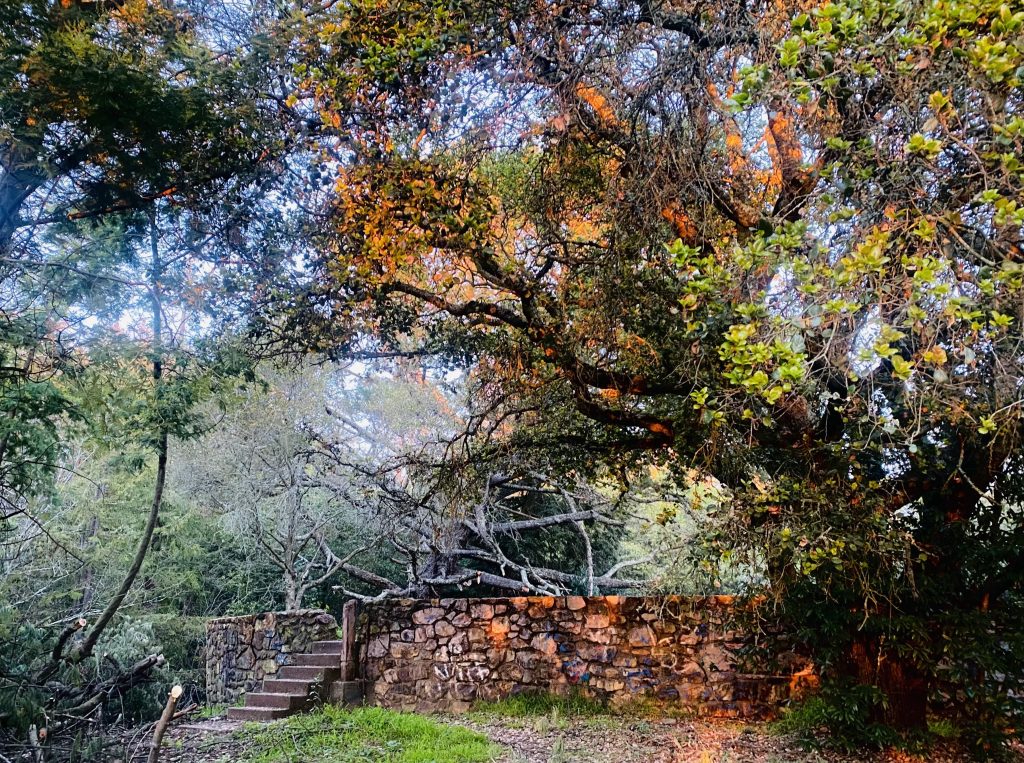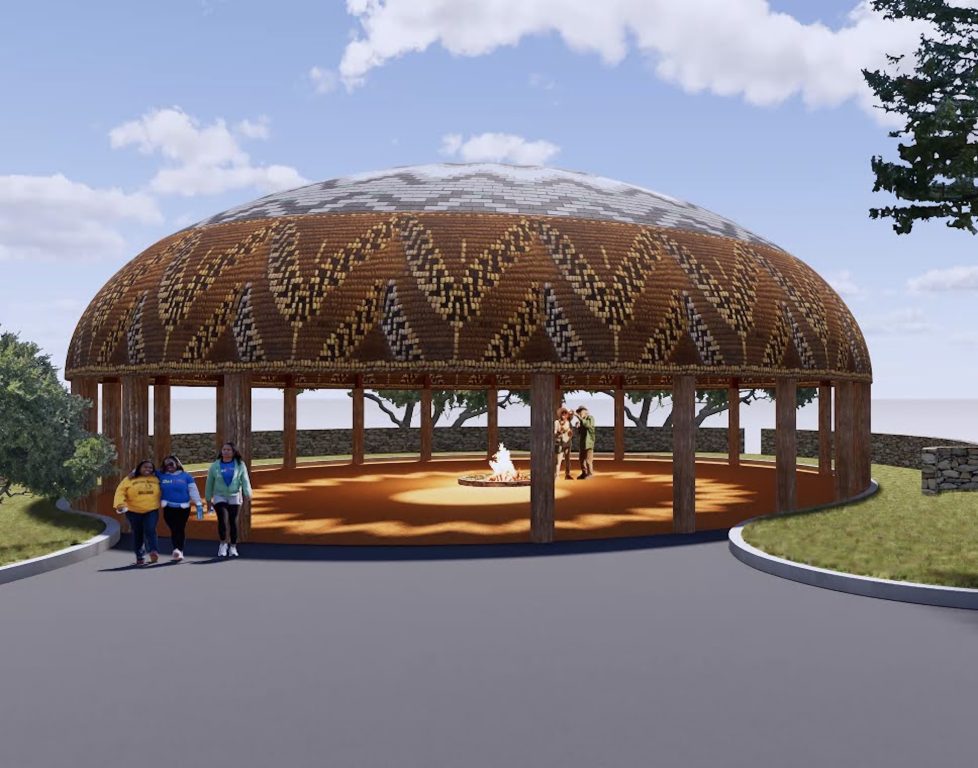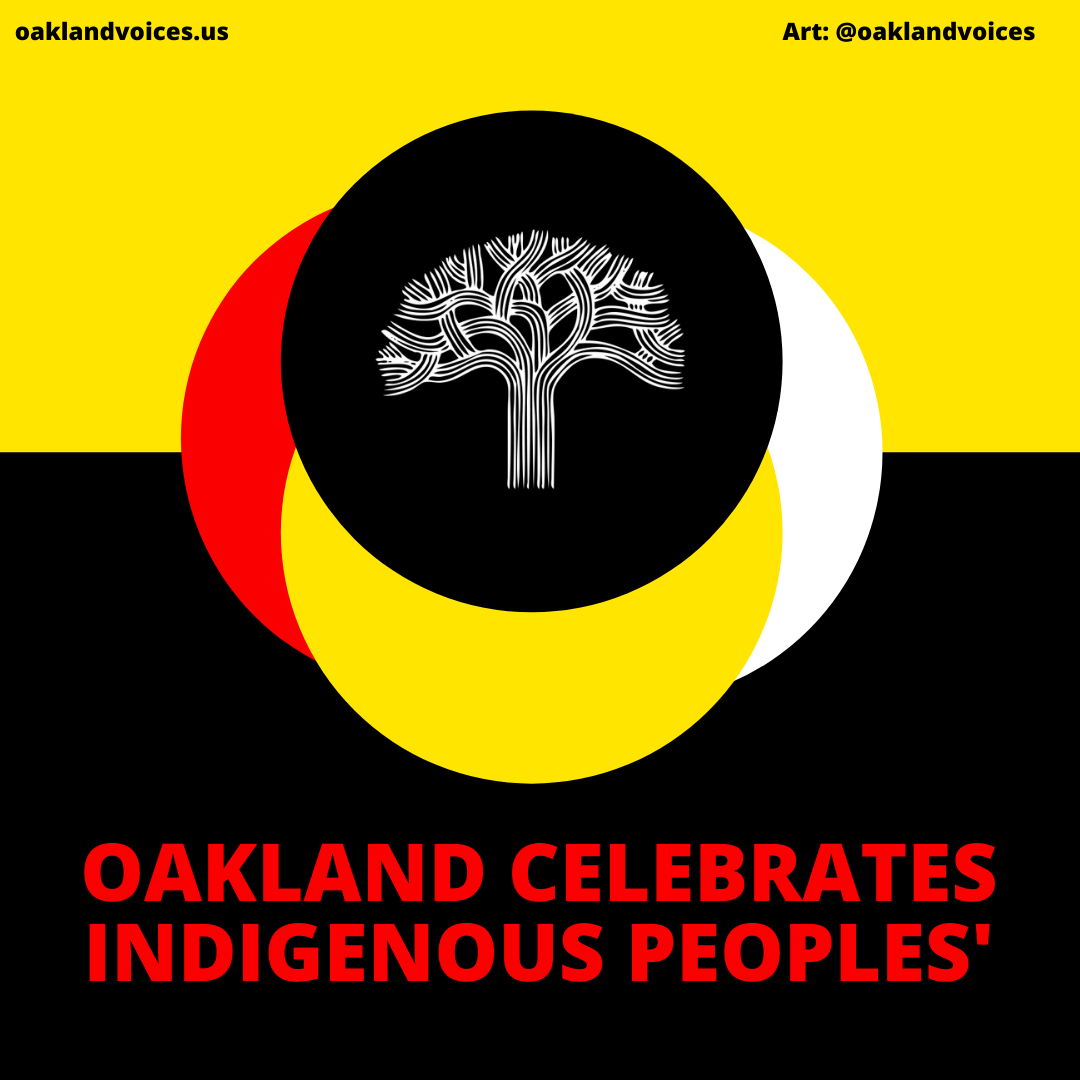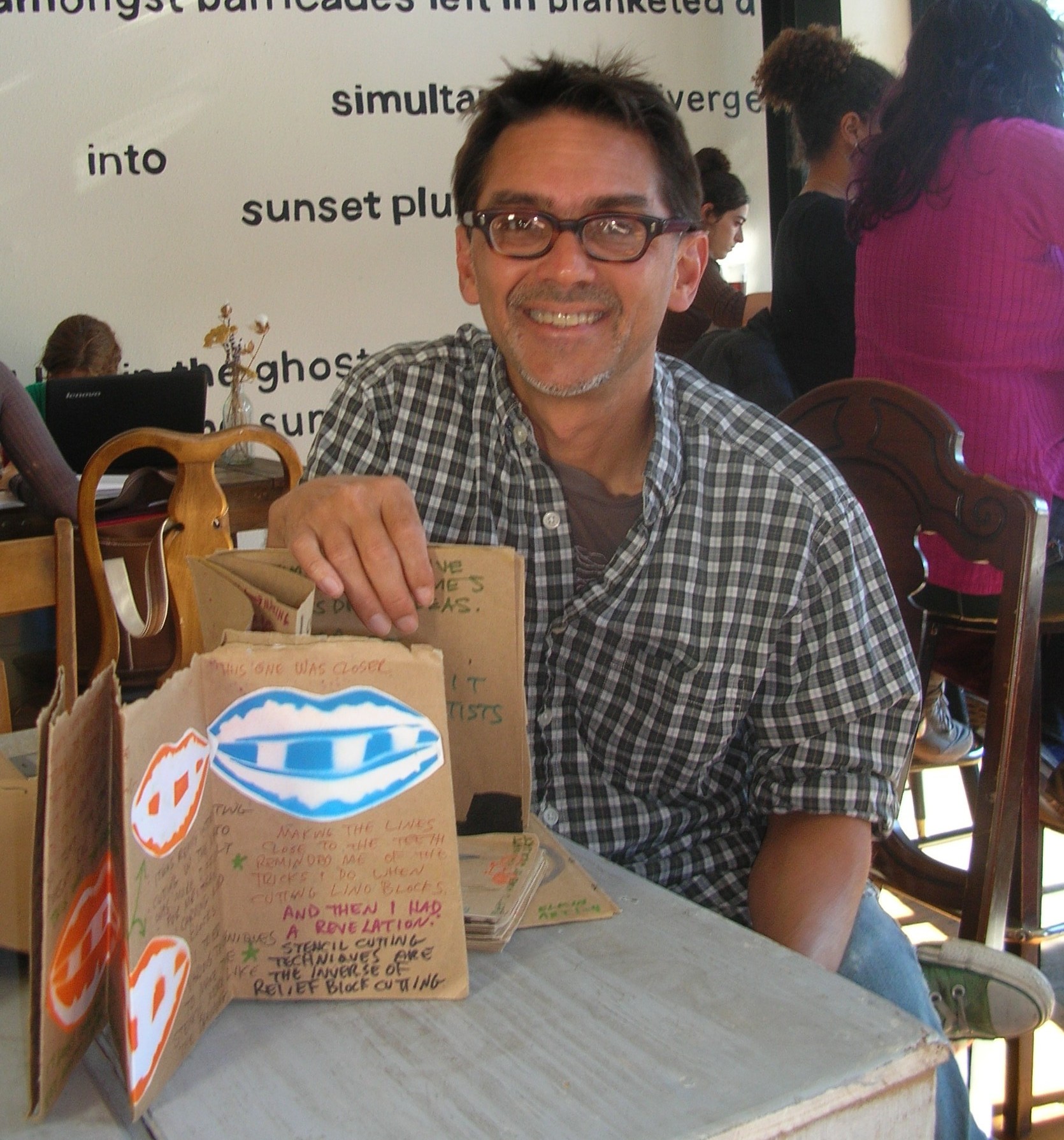
In a historic move, the City of Oakland along with the Sogorea Te’ Land Trust announced last month that a portion of the Oakland hills will be returned to the care of the Indigenous people of the area.
While this is not the first time land has given to land trust, it is the first time that a California city is giving land back. The agreement would still need to be passed by the city council, to be decided as early as November. Sogorea Te’ Land Trust has partnered with nonprofit Planting Justice on two acres of land in East Oakland. In West Oakland, a small garden was rematriated to Sogorea Te’ in 2018. Earlier this year in Berkeley, a part of the Ashby Community Garden was purchased by an anonymous donor for the organization.
Oakland Voices chatted with Corrina Gould, tribal spokesperson for the Confederated Villages of Lisjan, about this possible return of the land, how it came about, what it would mean for many descendants of local tribes, and how the public can be involved. The interview has been edited for length and clarity.

Can you share more about the recent news about the land in the Oakland hills and how that came about?
One of the stories that we haven’t told really is that, Rupa Marya, who is a physician at UCSF but also a musician with Rupa & the April Fishes pulled together Mayor Libby [Schaaf] and myself and Johnella LaRose, who is the co-founder and co-director of the land trust, in a conversation. The mayor had watched a movie called Beyond Recognition by Michelle Steinberg and learned about the history of where she grew up and, and California native people and my ancestors, and really wanted to do something that healed the devastating impacts that colonization has had on the Lisjan people. And so we began to think about, what does it look like to restore a people to their land, a place where we were virtually homeless in our own homeland?
The conversation began to unfold about land and how do we get some land back when a non-federally recognized tribe has not had access to gathering rights or to connection to our lands, to have ceremonies, to do any of the things that we would’ve done originally on this land before colonization.
And so two of our workers, one of them, Deja Gould, who’s my daughter and the tribal language carrier for our tribe, and Victoria Montaño went to look for land that we might be able to access. They went up into the Joaquin Miller Park area because it’s owned by the City of Oakland and they found a piece of land, virtually one of the only flat pieces of land that was there. And it’s Sequoia Point. Sequoia Point is a place that overlooks the Bay. I guess you could say it’s a place that is inspirational. It feels good when you’re there. You can see this city and and you can imagine with your mind’s eye, what it might have looked like for thousands of years prior to contact.
We sat down with the city and have worked with the city staff and their legal team and our legal team to come up with a solution to these crazy laws that almost make it impossible for cities to grant land to Indigenous people. We’ve been meeting throughout COVID every other week on Zoom to really hash out, what does it look like? And, you know, there’s been multiple steps that the public doesn’t see, but we’ve had to talk to the Fire Department and to Public Works and Friends of Joaquin Miller and to many other groups.
And then we took a traditional ethnobotanist up to the land to see what was up there and to determine what plants needed to be replanted and what kind of invasive species were up there–and to really begin to look at the landscape and how we might begin to take care of it.
And so the dream happened. We finally came to a place where we felt like we were at a good spot to say yes, let’s make this public.

Can you also share a little more about your background: where you grew up and you and your family’s connection to Oakland (territory of Huchiun)?
I was born here in Oakland and I went to school here. I graduated from the Oakland Street Academy. I raised my children here. I’ve not left our home territory. We have an unbroken tie for thousands of years. And so we were lucky enough to get a Habitat for Humanity house when my kids were younger so that it allowed for us to have an affordable place to live in the Bay Area. Most of our tribal members live outside of Oakland and definitely outside of our territory because of the extreme cost of the Bay Area. We have many people that live in the Central Valley and all the way up to Jackson. Some people live in Nevada. We have family members also in Florida. So yeah, we have family members everywhere. Everywhere.
What is Sogorea Te’ Land Trust’s vision for using that land?
It’s very minimal at the beginning. By getting this cultural easement, it allows us to start conversations with the [Department of] Fish and Wildlife to create a plan for taking care of the land in a different kind of way. They will need to be involved if there’s endangered species on the land. And so the cultural easement will allow us to begin to do that, to create a plan on how we want to care for the land.
And then also how we want to bring visitors up there to talk about history. Eventually our dream is to create a cultural space there. But the zoning up there would have to change because it is the most restrictive zoning right now that doesn’t allow building on any part of the parks. We hope that the city will help to work with us to create a path forward so that we can do that kind of work, that we will actually be tending to land up there, that we will have educational programs that we will have ceremonies for the tribe. So those are the dreams, for the future.

What’s the significance of the five acres of land in the hills if it goes through?
This means a lot to the Confederated Villages of Lisjan because we have been homeless in our own homeland for so long. It gives us a rootedness, a sense of being able to tell our story; there’s no place in the Bay Area that actually gives us that. We want to really engage the public students that only hear about us in fourth grade history. They will be able to learn about us in real time, in real life, that we’re not in the past, but that we are still here, and a vital part of the community here in Oakland.
How can the public get involved?
If people want to get involved, they come onto the land. It’s been difficult during COVID to have large gatherings of people. So we’ve been super careful about not doing that, but we have opened it up. The land spaces opened up for different groups to come on. And so sometimes we have small groups come in and volunteer. Or if people wanna come over for a Saturday afternoon while there’s projects happening, we can plug people in in that kind of a way.
Go on our website, sign up for our newsletter and that comes out quarterly. If you live, work or play in the Bay Area, we are asking, people that wanna support our work to pay Shuumi Land Tax, which is a way to support the work that the land trust is doing.
When, as we get closer to our dream of possibly building on that site, we are asking people to donate to the Rematriate the Land Fund.
Is there anything else you would like to add?
Just that we’re really hoping that other other community members in the City of Oakland will want to come and help revitalize that land. And we will be looking to inviting people up there once a plan has been created to help to volunteer, to do that work with us, side-by-side.
Momo Chang is a freelance journalist based in the San Francisco Bay Area. She is the Oakland Voices Co-Director. Her work focuses on healthcare, immigration, education, Asian American communities, food and culture. She is a former staff writer at the Oakland Tribune. Momo has received journalism awards from the Society of Professional Journalists for investigative reporting and the Asian American Journalists Association, among others. Her work has appeared in the East Bay Express, San Francisco Chronicle, Wired, and The New York Times. Momo is primarily a print journalist who also produces audio and visual stories for documentary film and radio. She is a Senior Contributing Editor for Hyphen and formerly the Content Manager at the Center for Asian American Media (CAAM).




1 Trackback / Pingback